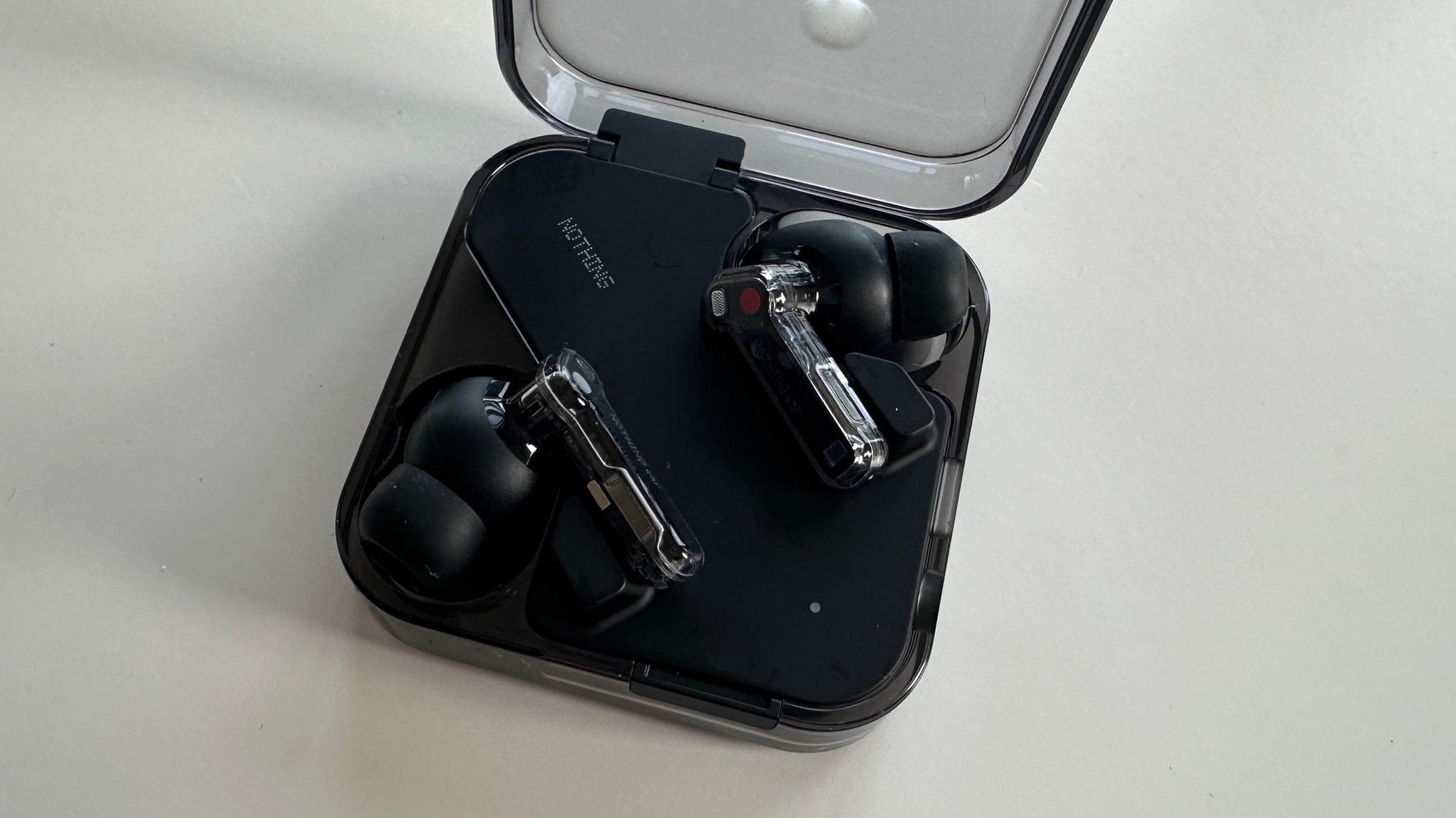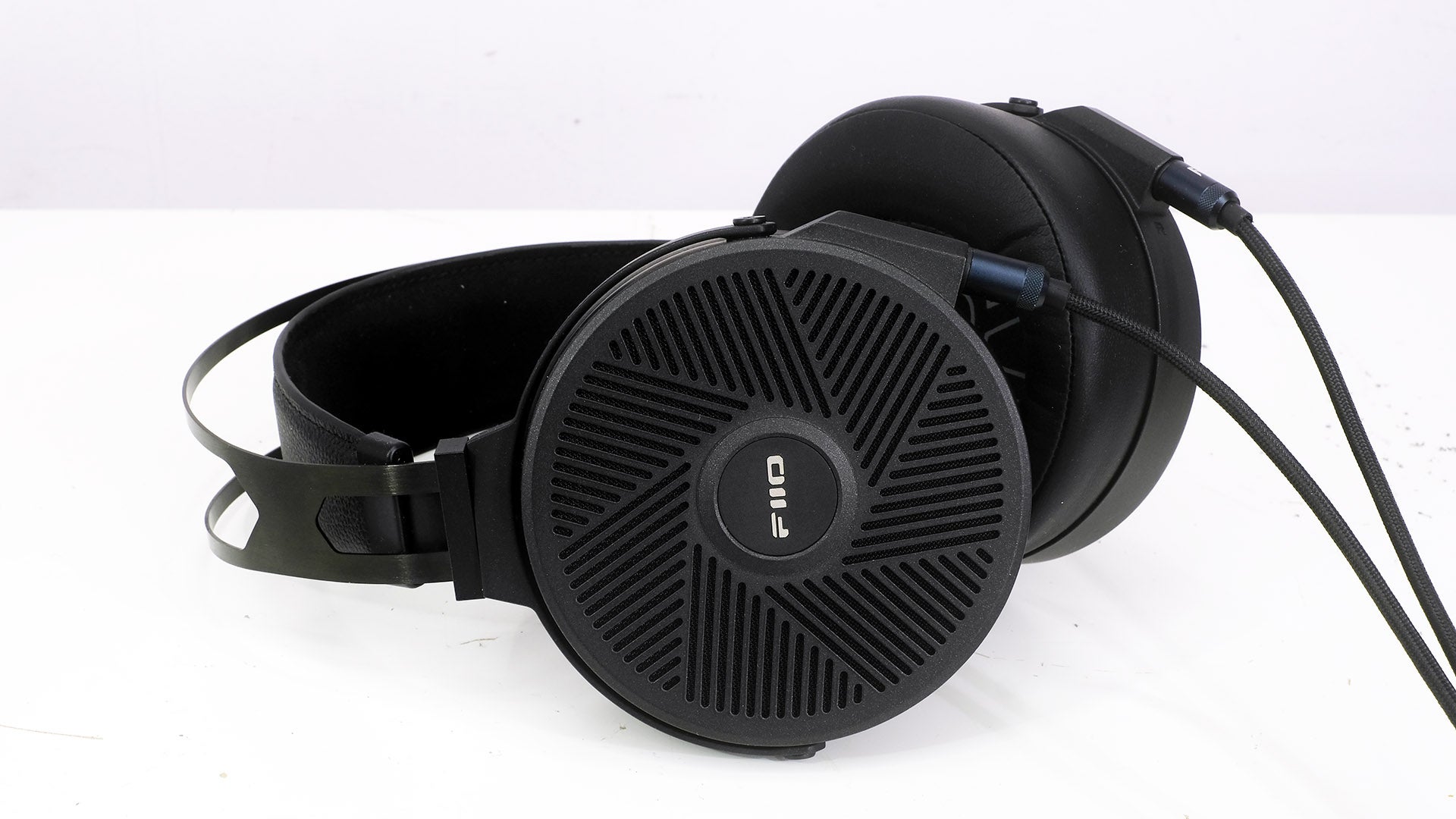Kefine Klanar Review
A really good pair of incredibly affordable planar IEMs

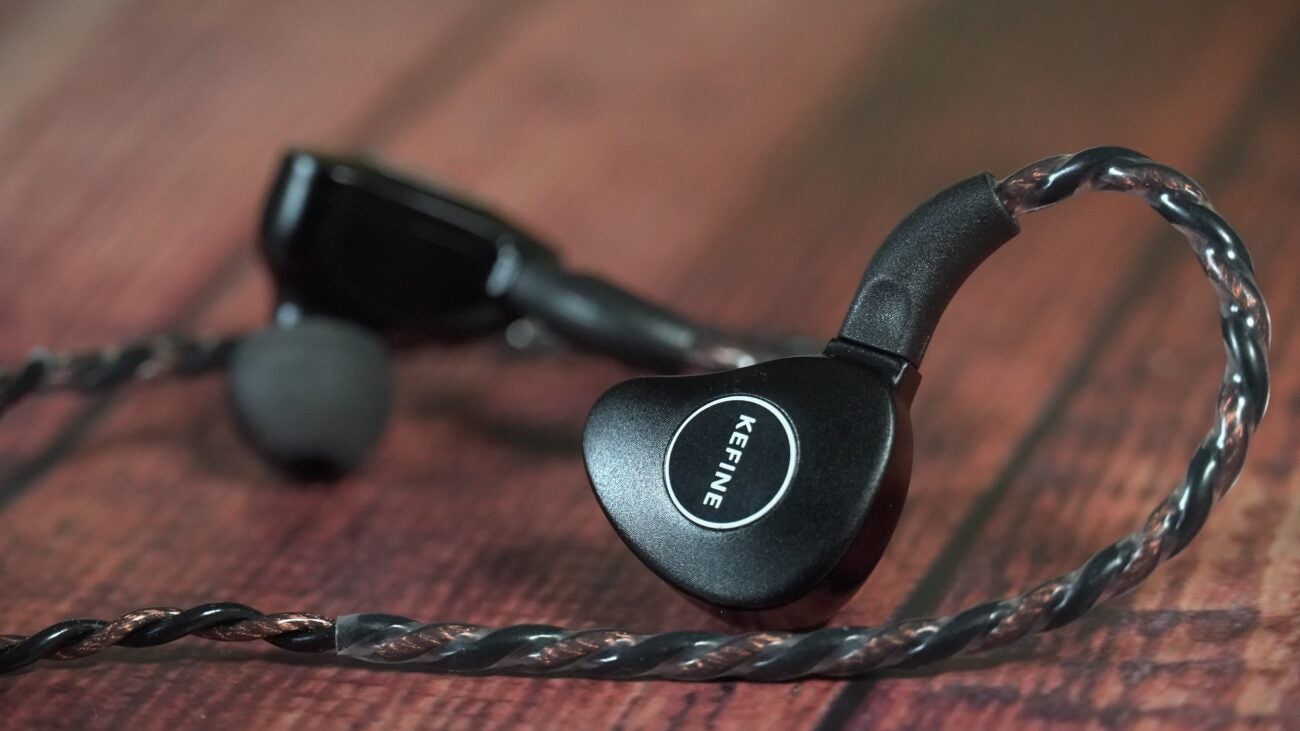


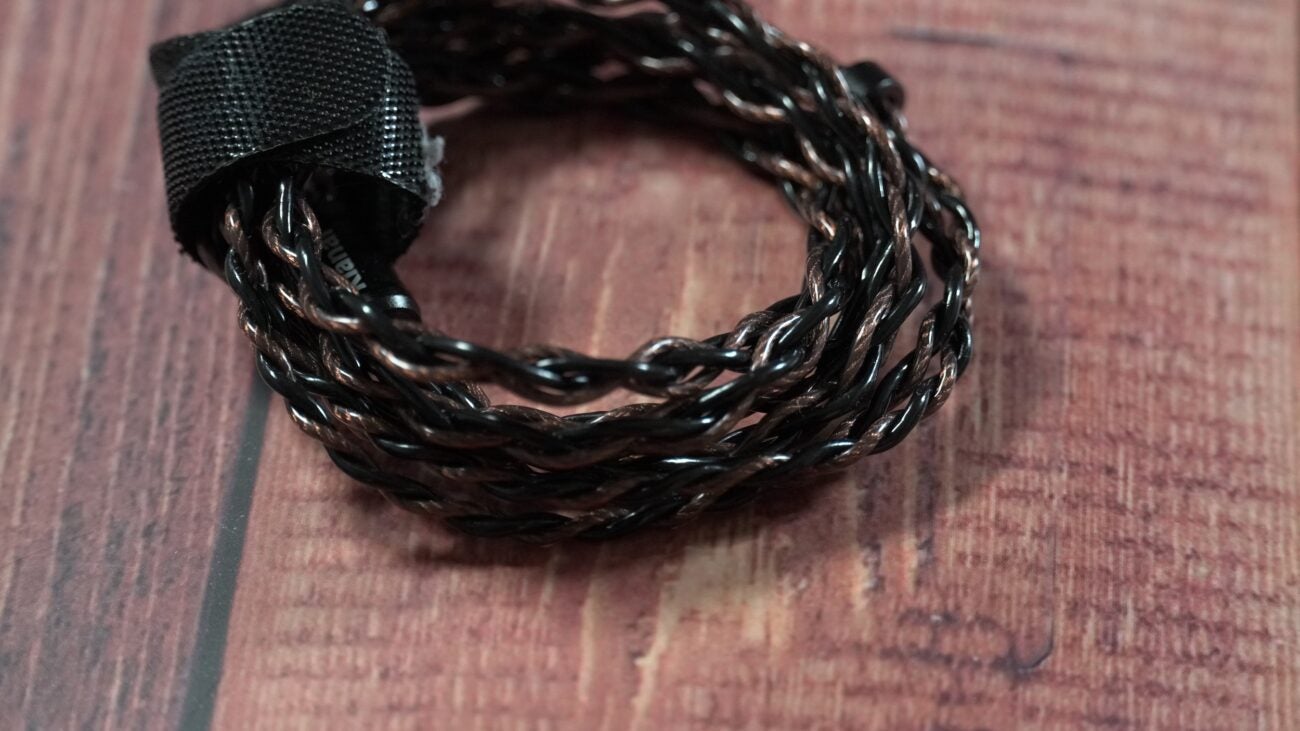

Verdict
Kefine hits the mark with its Klanar IEM. They’re comfortable to wear, enjoyable to listen to – especially with neutral-sounding electronics – and easy to drive, and at an affordable price too.
Pros
- Energetic bass
- Spaciously wide soundstage
- Comfortable design
- Easy to drive
Cons
- A little too boisterous at high volumes
- Needs a little bit of care with partnering electronics
Key Features
- 14.5mm planarAims to produce “powerful bass, warm and clear mids, and smooth treble”
- Cable1.2m dual-wire cable
- Ear-tipsSelection of UV and Silicone ear-tips
Introduction
I’ve heard it said plenty of times that wired headphones are dead, and yet efforts such as Kefine Klanar keep hitting the market.
In fact, the number of people I’ve seen using wired earphones in the last six months has grown. Wired earphones won’t claw back the market share that they’ve lost to more convenient true wireless models, but they haven’t disappeared either, offering the kind of uninterrupted performance and high-quality sound that wireless earbuds can’t always offer, especially for the price the Klanar sells for.
The Klanar features planar magnetic technology at an affordable price, something that’s become the holy grail of wired headphones, and they are a treat to listen to.
Design
- Ergonomic design
- Dual-wire cable
- Solid noise-isolation
The Klanar’s shape is like a teardrop or a guitar pick – whatever it looks like, it slots over and into the ear without fuss. It’s a compliant, lightweight design (12.6g each) that feels as if it just “fits”. The Letshuoer S12 Pro is another planar magnetic in-earphone and that’s more bulky and heavier in the ear.
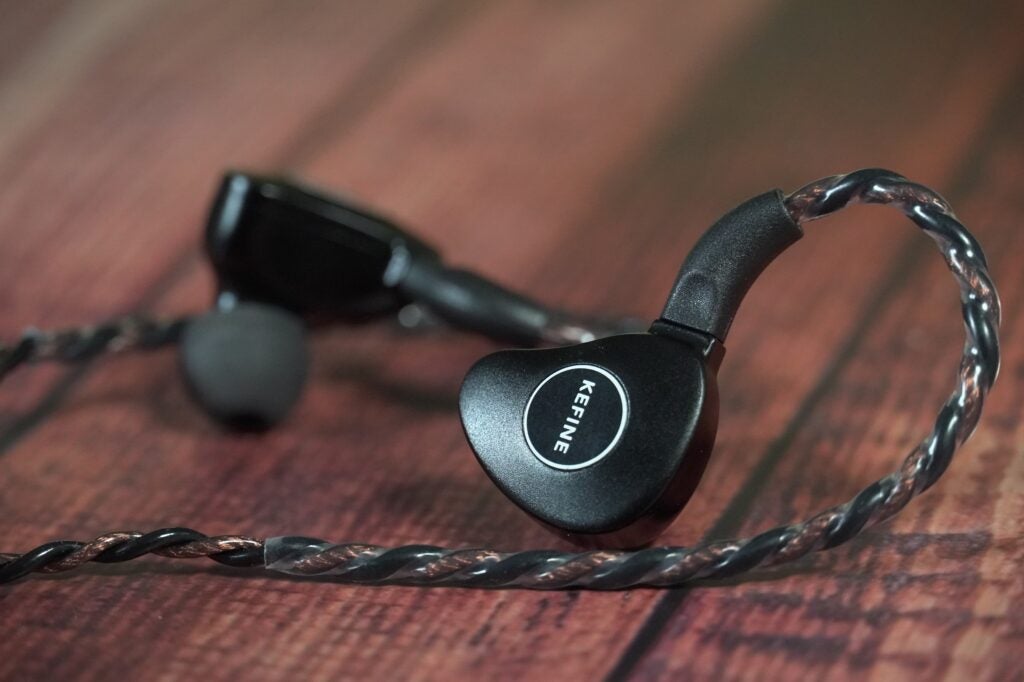
Noise-isolation is solid, though you’ll still be able to hear your surroundings fairly well when music isn’t playing. The earphones are detachable, though there’s no means of swivelling the earbuds when they’re attached – that can sometimes be a nice feature to have if you’re looking to wiggle the earphones in. That said, the fit felt secure to me.
The cable is a dual-wire design made from OFC litz wire (the brown colour) and silver-plated copper litz wire (black), which can influence the sound by making audio sound warm and treble smooth.

Accessories include a hard carry case, a range of UV ear-tips (from small to large) that have bigger holes for a more transparent sound. There are also silicone ear-tips with smaller holes that emphasise bass more. The cable terminates in a 3.5mm or 4.4mm balanced connection, depending on the version of the Klanar you go for.

Features
- Easy to drive
- Wide frequency range
- No inline mic
The planar driver inside the Kefine Klanar is 14.5mm in size, which is big for any in-earphone. The frequency response covers 20Hz – 40kHz, which covers a wide section of what’s considered to be frequency response for Hi-Res Audio.
The cable at 1.2m is just about long enough that it could be used at home with hi-fi separates, but more than likely you’ll be using the Klanar with portable devices when you’re outside the home, and in that context the cable doesn’t often get tangled and when it does it’s easy to untangle. There’s no in-line microphone if you’re wondering.
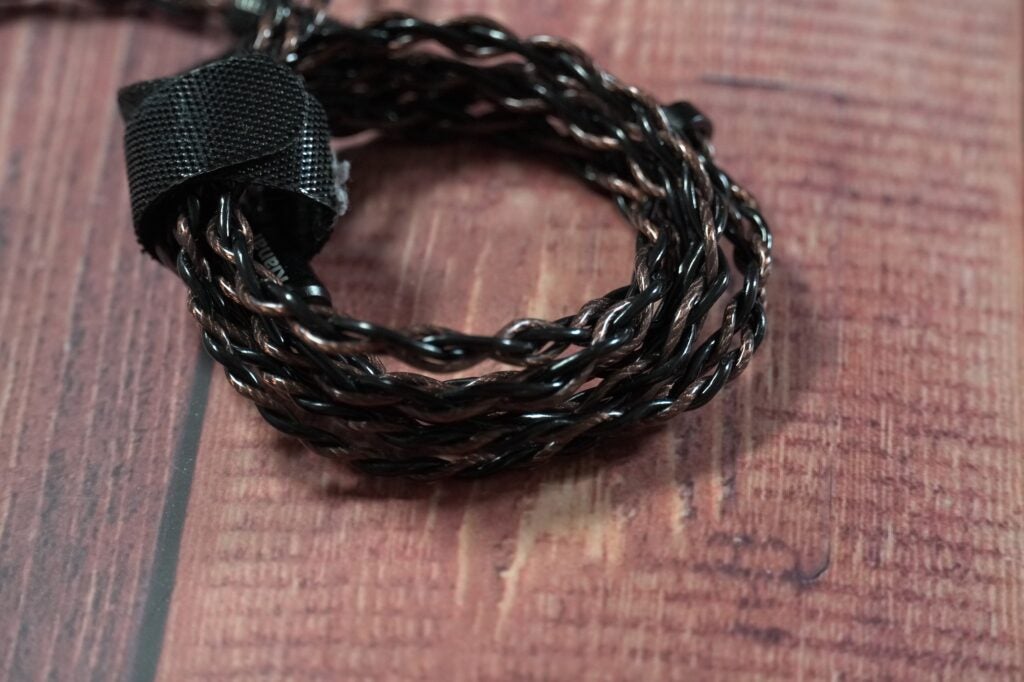
The planar driver features a PET composite diaphragm, N55 magnet and customised driver construction to ensure that, as far as Kefine is concerned, bass levels are granted more presence than similarly priced planar IEMs.
Sensitivity is rated at 105db, which indicates they can get fairly loud when pushed. Impedance is a low 16ohms, so the Kefine Klanar are a pair of in-earphones that can be easily driven by any electronic source these headphones are partnered with.
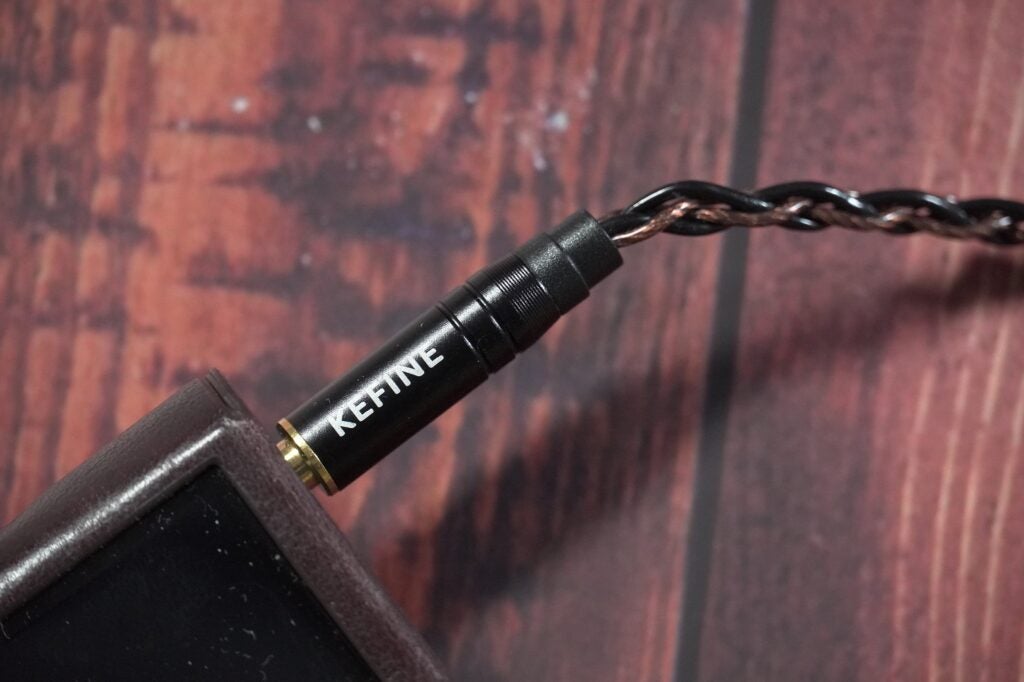
Sound Quality
- Smooth, clear midrange
- Big, energetic bass
- Clear treble performance
Kefine describes the Klanar as an in-ear monitor with a sound that’s “well-balanced and musical”, boasting powerful bass, warm and clear mids, as well as smooth treble. I suspect that description may change depending on your source device (or amplifier) – mine is a choice of a FiiO M15S portable player and Chord Mojo 2 DAC.
And which electronics you partner the Kefine Klanar with is an aspect that I think warrants some consideration. There were times during testing where I wasn’t convinced its bass performance was as good as Kefine claimed. Listening to Childish Gambino’s This is America (TIDAL) with the FiiO M15S, and the bass lacked drive and a sense of depth.
It was a similar case with System of a Down’s Chop Suey! – slightly more powerful but lacking a greater sense of depth. With Busta Rhymes’ Touch It, TMGT’s Higher Ground – on and on, I felt the bass wasn’t as powerful as Kefine described it.
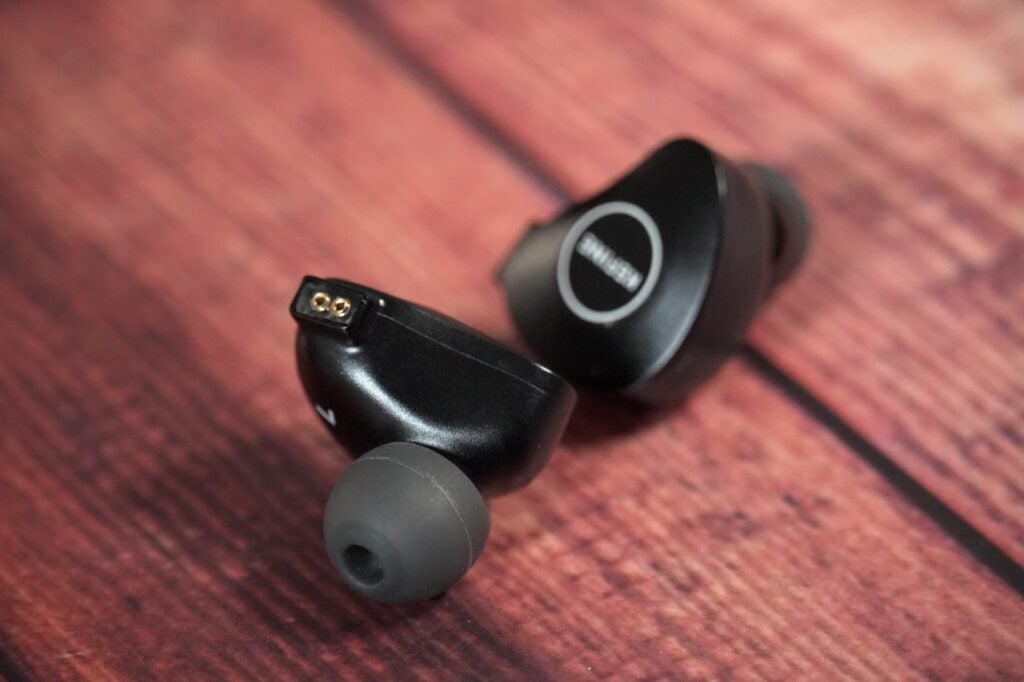
And then I plugged in the Chord Mojo 2 DAC into my laptop, using the Klanar alongside the Sennheiser IE 200, and listened to Speakers Corner Quartet’s Wavelet. The bass exploded into my ears, described in big terms and with depth that neither the Sennheiser nor the 1More Penta could match.
With Dar-Benn from The Marvels soundtrack there’s good slam and texture to the bass, more so than the Penta. The soundstage is big, the flute described with more exuberance and dynamism on the Kefine, though its warmer tone sacrifices a measure of overall clarity.
The same is true listening to Justice’s Genesis on Qobuz (24-bit/44.1kHz) compared to the Sennheiser IE 200. There’s more energy fed to the bass for a more muscular performance; and with Busta Rhyme’s Touch It, the Kefine proves it’s not just all about the “wham, bam” sensation, communicating the bass in a varied manner, whether it’s with punch or weight. If you like your bass with energy, the Kefine Klanar provides it in spades.
With Faye Webster’s Sometimes (Amazon Music) fed through the FiiO there’s a good sense of weightiness and definition applied to the track’s percussion, though it perhaps misses out on describing the crispness of the hit, trading it for a smoother quality.
That smoothness is apparent listening to Carlos Rafael Rivera’s soundtrack for Lessons In Chemistry. The Kefine adapts to what’s asked of it, high frequencies register bright (enough) and smooth rather than overly sharp and crisp, while with Menahan Street Band’s Make the Road by Walking, the reproduction of treble is sharp but not overbearing.
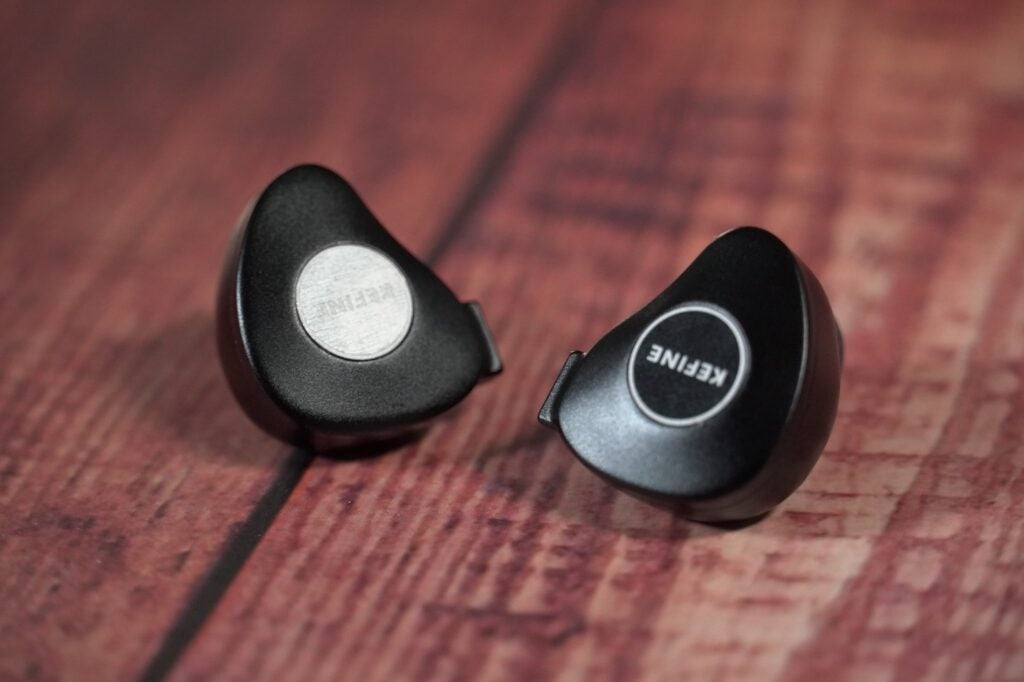
That’s further confirmed with a listen to Miles Davis’ So What: the clarity and insight of the Kefine’s treble performance brings out the richness and minor-scale dynamism of the trumpet. Partnered with the FiiO there’s a naturalism to the Kefine’s performance that impressed me.
The impression I get is one where the Kefine doesn’t want to come across as fatiguing, and it succeeds. However, treble can sound a little hard when the volume is pushed up.
The soundstage that the IEM depicts is consistently big, bold, and energetic in description, as well as being pitched forward to the listener. Its sense of rhythm is solid with the beats of GoGo Penguin’s Raven, though again I feel the 1More Penta are a tighter, sharper listen, at least in conveying the mid- and upper frequencies.
With Jacob Collier’s Sky Above, the midrange is delivered clearly with smoothness – I’m not hearing much colouration with the mids – and back again to Faye Webster’s Sometimes the same performance is repeated, with just an ounce more clarity (and naturalism) than the more steely-sounding 1More harvests.
Latest deals
Should you buy it?
It’s an affordable planar IEM
Energetic bass, clear mids and a reasonably bright treble in a soundstage that feels almost immersive in scale. What’s not to like?
You prefer a more measured sound
The Kefine Klanar has plenty of energy, but the Sennheiser IE 200 and 1More Penta’s less enthusiastic performance provides a counterpoint
Final Thoughts
I’ve been a bit up and down in reviewing the Kefine Klanar, but I’ve come to a firm conclusion about this planar IEM – they’re a very entertaining listen.
To get the most out of them, you should pair them with electronics that are fairly neutral in tone. There was a good performance extracted from the FiiO M15S, but that player’s measured approach to bass was one that I don’t think fit what the Klanar is ultimately going for.
Nonetheless, they do (eventually) live up to Kefine’s claims. A comfortable, enjoyable, and easy to drive pair of planar in-ear monitors at a relatively affordable price. Check out our Best Headphones list for more options.
How we test
We test every set of headphones we review thoroughly over an extended period of time. We use industry standard tests to compare features properly. We’ll always tell you what we find. We never, ever, accept money to review a product.
Find out more about how we test in our ethics policy
Tested across two months
Tested with real world use
FAQs
There’s a choice of 3.5mm SE or 4.4 mm BA (balanced armature) with the Kefine, the latter is an available option for slightly more than the 3.5mm model.




